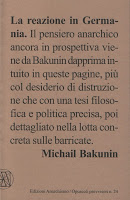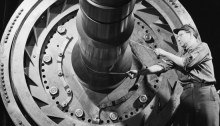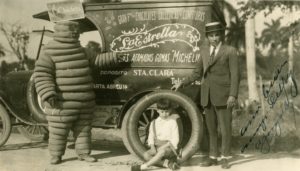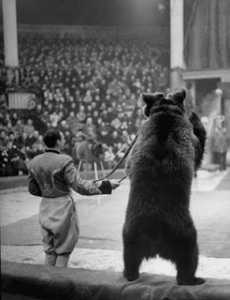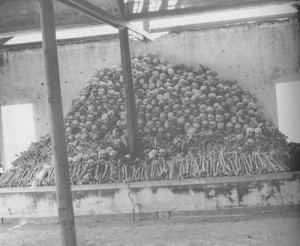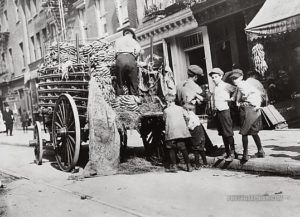
Max Stirner
Now, as soon as man suspects that he has another side of himself (Jenseits) within himself, and that he is not enough in his mere natural state, then he is driven on to divide himself into that which he actually is, and that which he should become. Just as the youth is the future of the boy, and the mature man the future of the innocent child, so that othersider (Jenseitiger) is the future man who must be expected on the other side of this present reality. Upon the awakening of that suspicion, man strives after and longs for the second other man of the future, and will not rest until he sees himself before the shape of this man from the other side. This shape fluctuates back and forth within him for a long time; he only feels it as a light in the innermost darkness of himself that would elevate itself, but as yet has no certain contour or fixed form. For a long time, along with other groping and dumb others in that darkness, the artistic genius seeks to express this presentiment. What no other succeeds in doing, he does, he presents the longing, the sought after form, and in finding its shape so creates the — Ideal. For what is then the perfect man, man’s proper character, from which all that is seen is but mere appearance if it be not the Ideal Man, the Human Ideal? The artist alone has finally discovered the right word, the right picture, the right expression of that being which all seek. He presents that presentiment — it is the Ideal. ‘Yes! that is it! that is the perfect shape, the appearance that we have longed for, the Good News — the Gospel. The one we sent forth so long ago with the question whose answer would satisfy the thirst of our spirit has returned!’ So hail the people that creation of genius, and then fall down — in adoration.
Continue reading Art and Religion →
